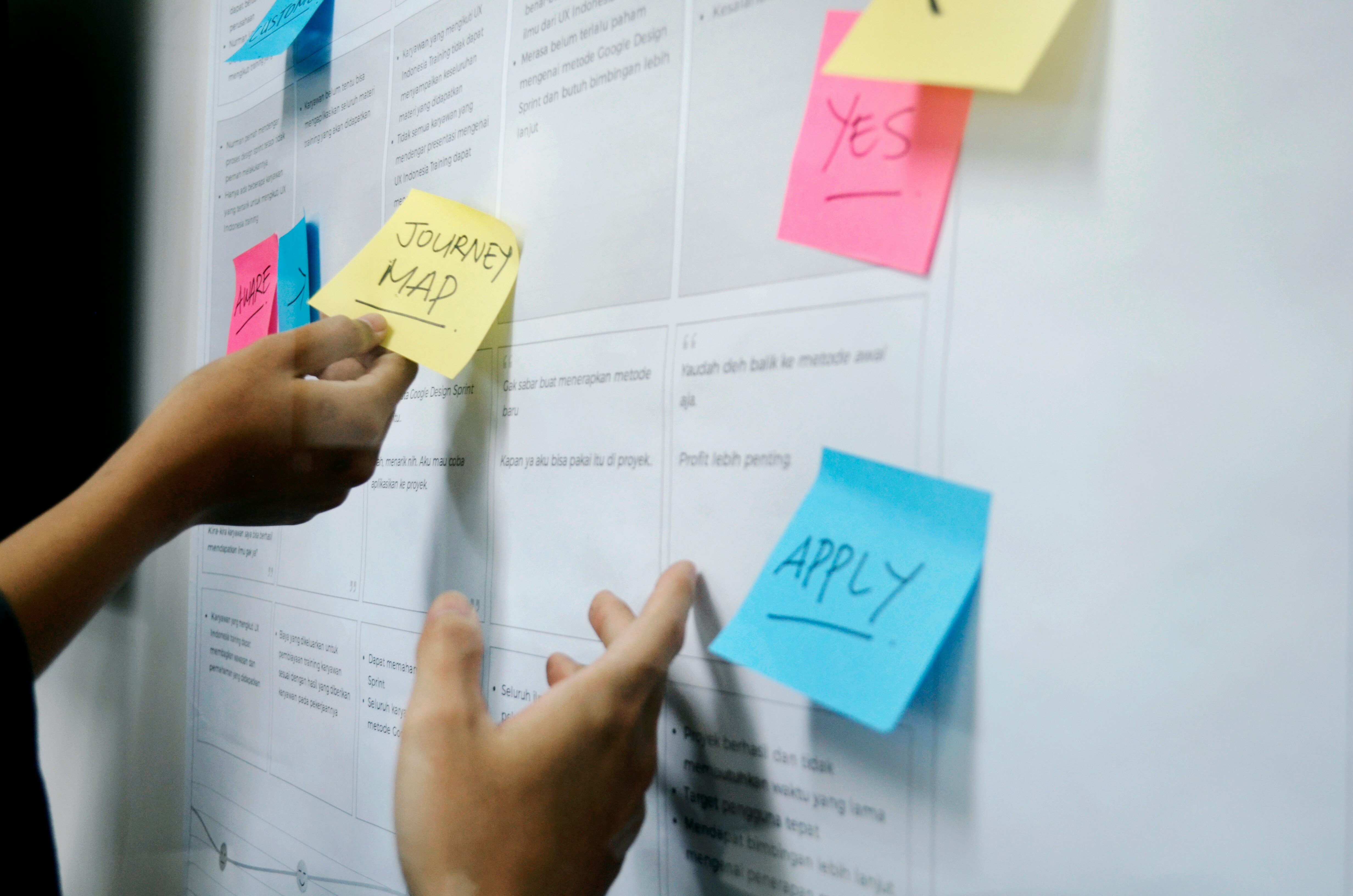How MVP Development Helps Startups Secure Funding
Did you know that 90% of startups fail? The path to success is paved with challenges, and securing funding is often the biggest hurdle. But what if...
4 min read
Written by Keith Shields, Aug 14, 2024

Launching a successful product is challenging, but it doesn't have to be a gamble. There is a way to test the waters, validate your idea, and gather crucial user feedback before investing significant time and resources. That's the power of a Minimum Viable Product (MVP) – a strategic first step that bridges the gap between concept and reality.
As the “version one” of your app, software-as-a-service (SaaS) product, or digital platform, an MVP lets you launch your solution to real users and gain valuable feedback you can use to strengthen your product.
In this quick-start guide, we’ll walk you through the process of building an MVP step-by-step. We’ll also explain what sets an MVP apart from other strategies and share best practices for accelerating your success.
Think of a prototype and an MVP as two different dots along the testing and vetting process timeline. A prototype is a less-developed version of an idea, while an MVP represents a functioning product. They’re similar in the sense that they are both tools to garner valuable support and buy-in, but they do so in different ways with different audiences.
A prototype is a mock-up of a product. Interactive prototypes allow users to engage with the product’s user interface and validate the user experience. Tools like Figma are popular for product prototyping. Prototypes are often used to gain investor support for the development of an MVP.
Prototypes answer questions like:
A minimum viable product, or MVP, is an early form of an app or digital product. While prototypes help validate a product’s user experience, MVPs validate business models and value propositions. An MVP offers an important tool for product validation; it can demonstrate to investors and key stakeholders that the business model is worth backing.
MVPs answer questions like:
Earlier forms of validation, like a proof of concept or prototype, can take as little as days or weeks. For an MVP, however, you should expect to spend at least a few months in development. Of course, the exact time it takes to build an MVP will depend on the product, the industry, and the assumptions embedded in your idea.
Still, developing an MVP should be a relatively quick process. If it takes longer than four months or so to develop, your MVP has probably fallen victim to poor feature prioritization. Souping up your MVP with too many bells and whistles gets in the way of its goal—to validate the business model. A streamlined, focused approach will yield the best results.
No matter your industry or idea, building an MVP follows four primary phases. Use these steps to guide your MVP development and keep the process lean and zeroed in on the goal.
Before a single line of code is ever written, it’s important to take a step back and determine if your product ideas are worth pursuing. This step involves careful research of your industry, target market, and the problem you intend to solve.
Idea validation might include scouring industry forums to see if people are looking for a solution like yours, sizing up other players in a competitive analysis, or conducting interviews with people in your target demographic to understand their pain points.
This step is critical to ensure that you don’t spend valuable resources pursuing a product with no demand.
Once you’ve had a chance to validate your ideas, it’s time to outline exactly what core functions your MVP will include. Remember, an MVP is a stripped-down version of your app. It should contain only the functions and features necessary to achieve your stated goal. You can always add on other “nice-to-have” ideas later.
After prioritizing key features, break them down into bite-sized development “sprints.” As part of your product development process, create opportunities for cross-functional collaboration. An agile, iterative development approach will speed up your time to market and make it easier to strengthen your idea along the way.
Leaning on established development frameworks and libraries can be a great way to minimize the time it takes to build your MVP. By using tried-and-true technologies, you’ll also save on development costs.
Learn More: How to Build a Mobile App
When your MVP is complete, now it’s time to put it to the test. Real user feedback is invaluable to your product. Aim to get your app in front of as many beta users in your target market as you can. Their input can validate your direction and help pinpoint weaknesses or new opportunities.
Ultimately, the clarity testing and analysis provides makes future investment even less risky and creates focus and clarity in the iteration process.
Lance Theobald, a Designli client and founder of SecūrSpace, learned about this firsthand when he was launching his transportation logistics app for truck operators. He put it best in his advice to first-time founders:
Beta users are important in order to get feedback and to improve upon the business plan, but it’s so important to get out there to see if you’re actually providing value to people. And, if they value what you are doing enough to pay you for it.
Learn More: Lance Theobald on How Seeking Feedback Leads to Success
Your MVP won’t look like your final product. In fact, chances are the product will evolve significantly based on user feedback and your analysis. That’s okay! When you embrace the iterative process, no digital product is ever truly “finished.” A continuous improvement approach allows you to keep your product aligned with user wants and needs.
In the same way that you prioritize features in the definition phase, determine which improvements are most critical to the success of your product. Then, gradually release updates and changes to users over time. The most effective digital products are always asking, “How might we provide even more value to our customers?”
Developing an MVP is a great way to smooth your path to software success. By validating your ideas, prioritizing core features, gaining and applying feedback, and embracing an iterative approach, you can create a genuinely user-centric product that captures the attention of your target market. Remember, an MVP isn’t the end goal; instead, it’s a great way to launch your product successfully.
Learn More: 7 Steps to Launch a Mobile App (+ Downloadable Pre-Launch Checklist)
Designli’s proprietary SolutionLab process is the antidote to bulky, ineffective waterfall development. By embracing the lean startup methodology, we help companies of all sizes transform an idea into a fully fleshed-out game plan to build your V1. With a clear vision and a development-ready task backlog ready to go, we’ll help you get your MVP ready to put in the hands of real users. Schedule a free consultation to learn more about our unique process, track record of success, and how we can help.
Subscribe to our newsletter.

Did you know that 90% of startups fail? The path to success is paved with challenges, and securing funding is often the biggest hurdle. But what if...

Many billion-dollar app ideas began with a simple MVP. A minimum viable product (MVP) helps test market demand, validate your idea, and collect...

Nearly half of businesses close within their first five years. In 2025, the funding landscape has only gotten tougher. Venture capital firms are...
Post
Share